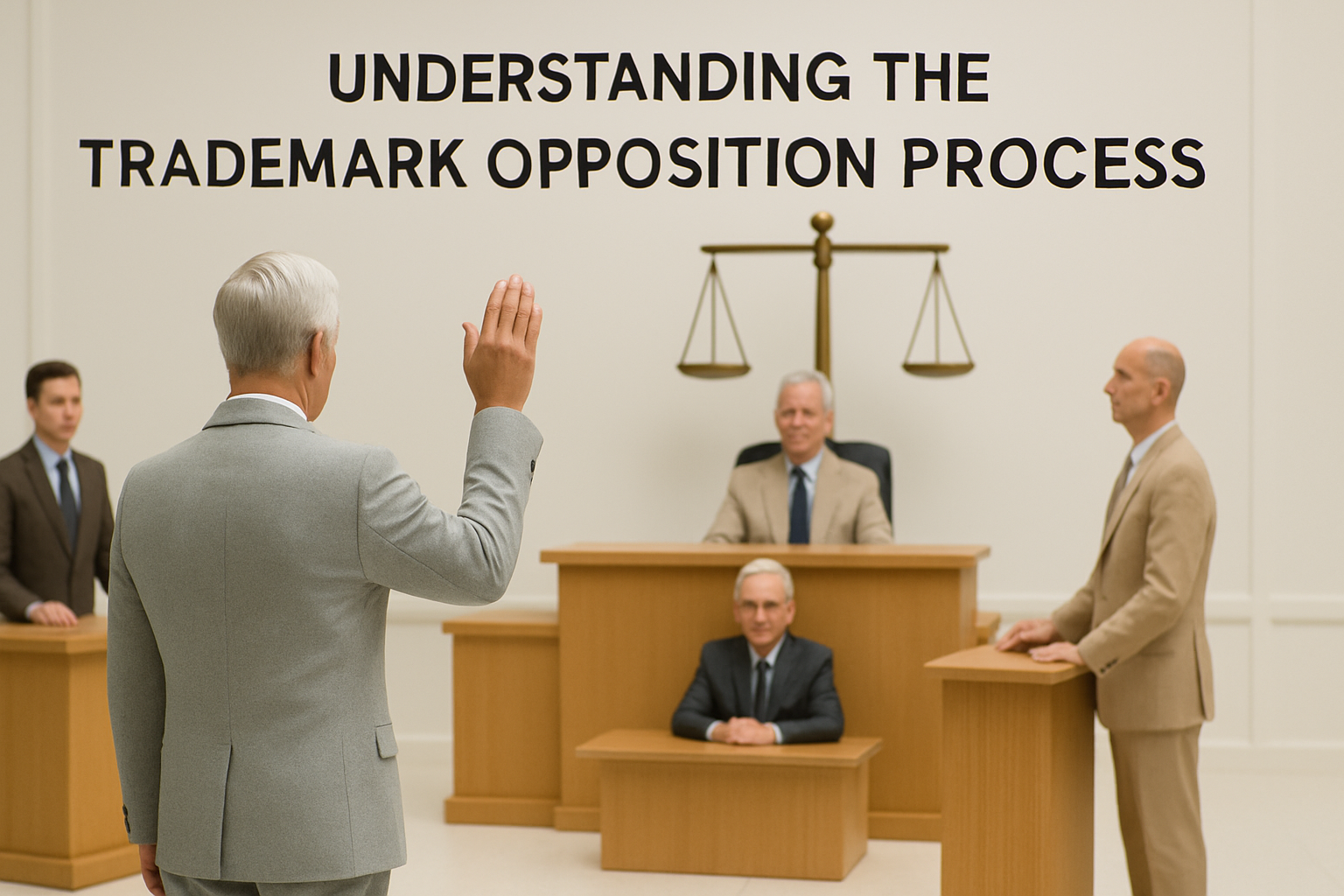
UNDERSTANDING THE TRADEMARK OPPOSITION PROCESS:
Trademark opposition is a legal process that allows individuals or entities to challenge the registration of a trademark that has been published in the Trademarks Journal. This process is meant to protect the interests of trademark owners or anyone who believes a newly filed trademark could cause confusion or infringe upon their rights. In India, under the Trademark Act, 1999, after a trademark application is examined and approved, it gets published. Once published, opposition can be filed within a specified time frame. If someone believes that the trademark conflicts with their own or would cause harm to their rights, they can file an opposition. The opposition process ensures that only trademarks meeting legal standards are registered, preventing confusion and protecting the rights of existing trademark owners. Understanding this process is key to effectively protecting and preserving intellectual property rights. It ensures that creators and innovators can maintain control over their work and prevent unauthorized use or reproduction.
WHAT IS TRADEMARK OPPOSITION:
Trademark opposition is the process by which an individual or organization contests the registration of a trademark that has been published in the Trademark Journal but has not yet been officially registered. Once a trademark application is published, any third party who believes that the mark is likely to cause confusion with their own existing trademark or violates their intellectual property rights can file an opposition.
WHEN YOU SHOULD FILE A TRADEMARK OPPOSITION:
The most frequent reason to file a trademark objection is when it is believed the trademark being requested is too alike to a registered or pending trademark. This could result in consumer misunderstanding, weakening of a brand, or an infringement of exclusive rights. If a trademark is owned and the mark in question may cause confusion due to resemblance in the products or services it encompasses, an objection can be filed.
EXAMPLE: ZARA, the globally recognized fashion brand, took legal action against a Delhi-based restaurant called ZARA TAPAS BAR, arguing that the restaurant’s name was confusingly similar to its own trademark. Since ZARA is widely identified with fashion retail and not the food and beverage industry, the brand contended that the restaurant’s name could mislead consumers and dilute the distinctiveness of its mark. The case was presented before the Delhi High Court, which found in favor of Zara Fashion. The court determined that the similarity in names could create confusion in the marketplace and ordered the restaurant to change its name to avoid infringing on ZARA’s established trademark rights.
- Publication of the Trademark Application
When an individual or entity applies for a trademark, the application is examined by the Indian Trademark Office. If the application is deemed acceptable, it is then published in the Trademark Journal.
- Initiating the Opposition
After the publication, there is a four-month time period during which any third party (such as a business or individual) who believes that the trademark should not be registered can file an opposition to the registration.
- Grounds for Opposition
Trademark opposition arises when a third party contests the registration of a trademark with the trademark office. Grounds for opposition can include claims that the trademark is confusingly similar to an existing mark, lacks distinctiveness, or is merely descriptive of the goods or services. It can also be based on the argument that the mark is generic, scandalous, or violates public policy. Additionally, opposition may be filed if the applicant has no right to use the mark due to prior use by others or legal restrictions in certain jurisdictions.
- Filing the Notice of Opposition
The opponent files a Notice of Opposition with the Indian Trademark Office, stating the grounds on which the opposition is based. This document includes details about the opponent’s trademark rights and how the applied mark infringes upon those rights.
- Reply by the Applicant
Once the opposition is filed, the applicant of the contested trademark has an opportunity to file a counterstatement in response to the opposition within two months. The applicant can either refute the opposition, argue that the grounds are invalid, or provide evidence to support their case.
- Evidence Submission
After the counterstatement is filed, both parties (opponent and applicant) are required to submit evidence in support of their respective claims. This evidence can include documents, advertisements, or any other material that can support their argument.
- The opponent submits their evidence first.
- The applicant can then submit their evidence to counter the opponent’s evidence.
- Hearing
If both parties have submitted their evidence, a hearing will be scheduled. During the hearing, both parties can present their case before the Registrar. The parties can also present additional arguments or clarifications.




Leave a Reply